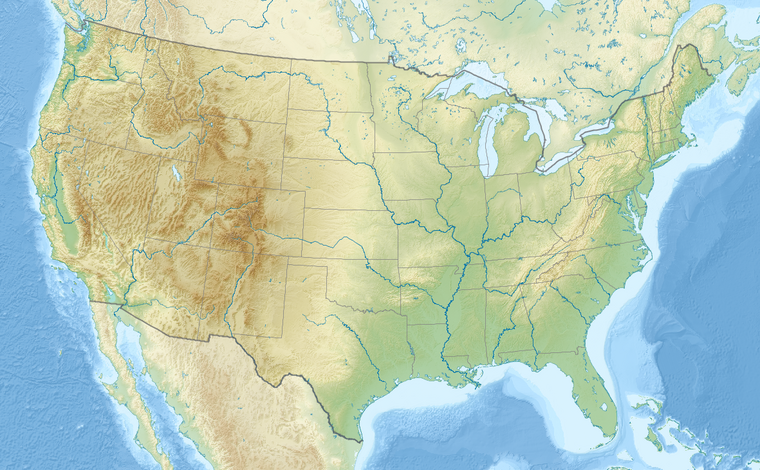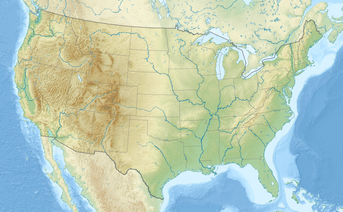
Back دورى كورة القاعده الرئيسى 1959 ARZ Temporada 1959 de las Grandes Ligas de Béisbol Spanish Major League Baseball 1959 Italian 1959年のメジャーリーグベースボール Japanese МЛБ в сезоне 1959 Russian 1959年美國職棒大聯盟球季 Chinese
| 1959 MLB season | |
|---|---|
| League | American League (AL) National League (NL) |
| Sport | Baseball |
| Duration | Regular season:
|
| Number of games | 154 |
| Number of teams | 16 (8 per league) |
| TV partner(s) | NBC, CBS |
| Regular season | |
| Season MVP | AL: Nellie Fox (CWS) NL: Ernie Banks (CHC) |
| AL champions | Chicago White Sox |
| AL runners-up | Cleveland Indians |
| NL champions | Los Angeles Dodgers |
| NL runners-up | Milwaukee Braves |
| World Series | |
| Champions | Los Angeles Dodgers |
| Runners-up | Chicago White Sox |
| World Series MVP | Larry Sherry (LA) |

The 1959 major league baseball season began on April 9, 1959. The regular season ended on September 29, with the Los Angeles Dodgers and Chicago White Sox as the regular season champions of the National League and American League, respectively. The Dodgers swept the Milwaukee Braves in a regular season best-of-three tiebreaker, for the National League title, after both teams finished their 154-game schedules with identical 86–68 records. This was the fourth regular season tie-breaker. The postseason began with Game 1 of the 56th World Series on October 1 and ended with Game 6 on October 8. The Dodgers defeated the White Sox, four games to two, capturing their second championship in franchise history. This was the first appearance of the White Sox in the "Fall Classic" since the infamous Black Sox Scandal of the 1919 World Series and interrupted a Yankees' dynasty that dominated the American League between 1949 and 1964.
In the National League, the Cincinnati Redlegs reverted to their 1890–1952 name, the Cincinnati Reds.
For the first time in professional baseball history, there were two separate All-Star Games played. The first, the 26th Major League Baseball All-Star Game, was played on July 7, hosted by the Pittsburgh Pirates in Pittsburgh, Pennsylvania, with the National League winning, 5–1. The second, the 27th Major League Baseball All-Star Game, was played on August 3, hosted by the Los Angeles Dodgers in Los Angeles, California, with the American League winning, 5–3.
On July 21, the Boston Red Sox became the 16th and final team in professional baseball to break the color line when they fielded Pumpsie Green, 12 years after Jackie Robinson of the Brooklyn Dodgers broke the professional baseball color line in 1947.[1] The Red Sox were notably resistant to integration due to team owner Tom Yawkey, and only did so following a lawsuit charging Yawkey and general manager Bucky Harris with discrimination and the deliberate barring of black players from the Red Sox.[2] The NAACP issued charges of "following an anti-Negro policy", and the Massachusetts Commission Against Discrimination announced a public hearing on racial bias against the Red Sox.[3]
The season is notable as the only one between 1950 and 1981 where no pitcher pitched a no-hitter.[4][a]
- ^ "These players integrated each MLB team". MLB.com. Retrieved November 14, 2024.
- ^ New York Times April 7, 1959
- ^ Friend, Harold. "Pumpsie Green and the Boston Red Sox's Racism". Bleacher Report. Retrieved December 16, 2024.
- ^ No-Hitters in chronological Order by Retro Sheet

